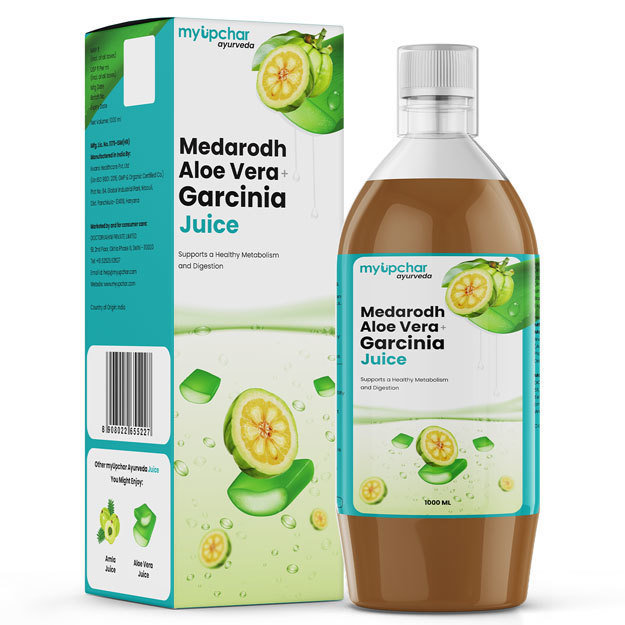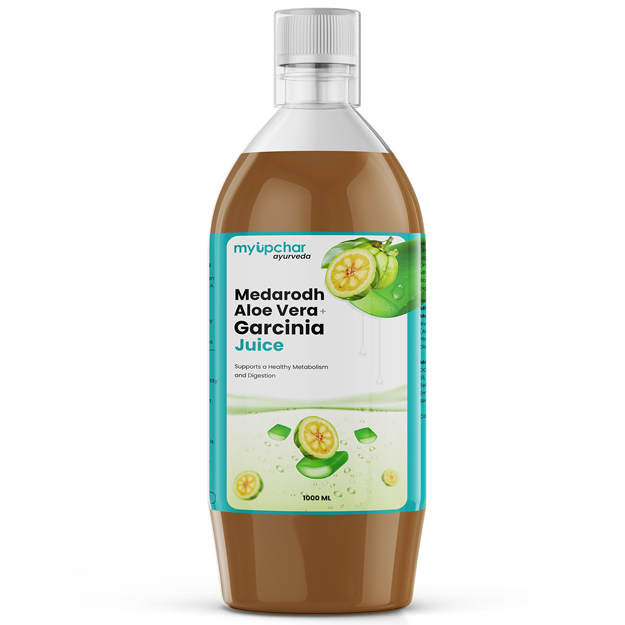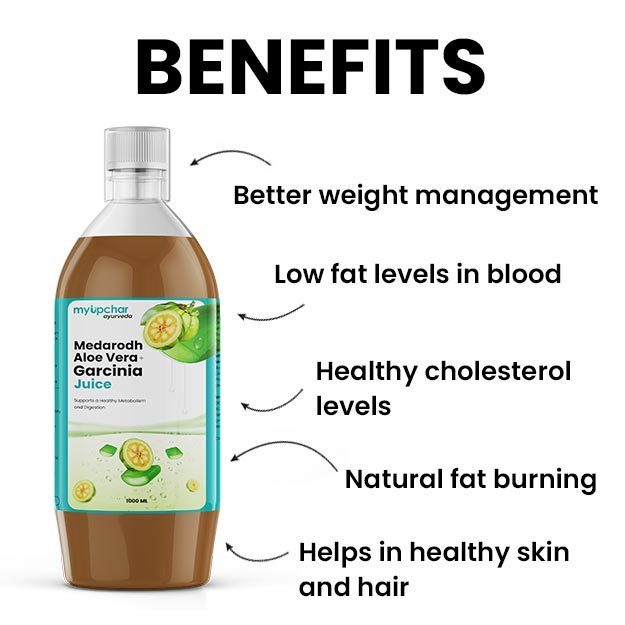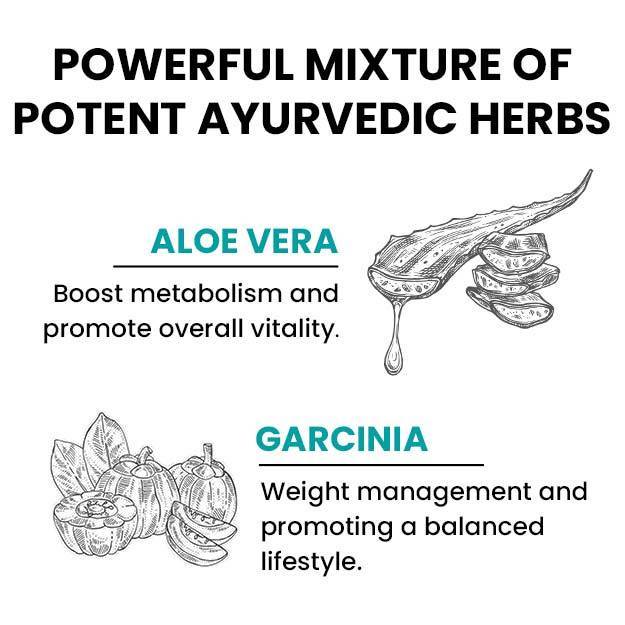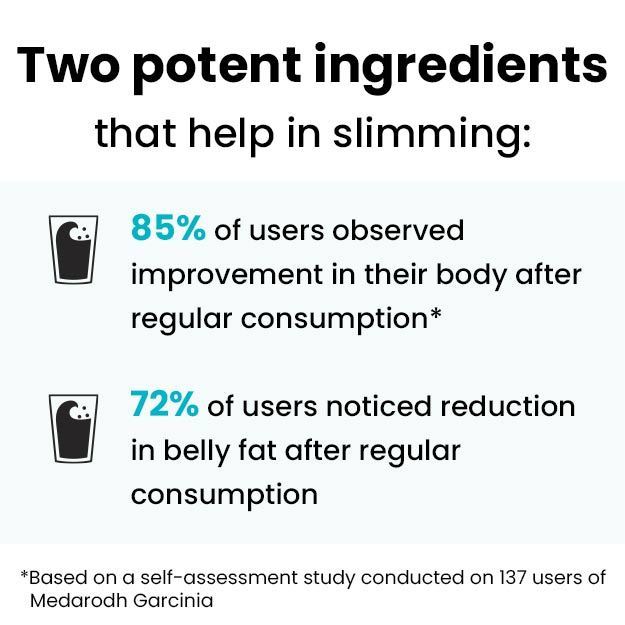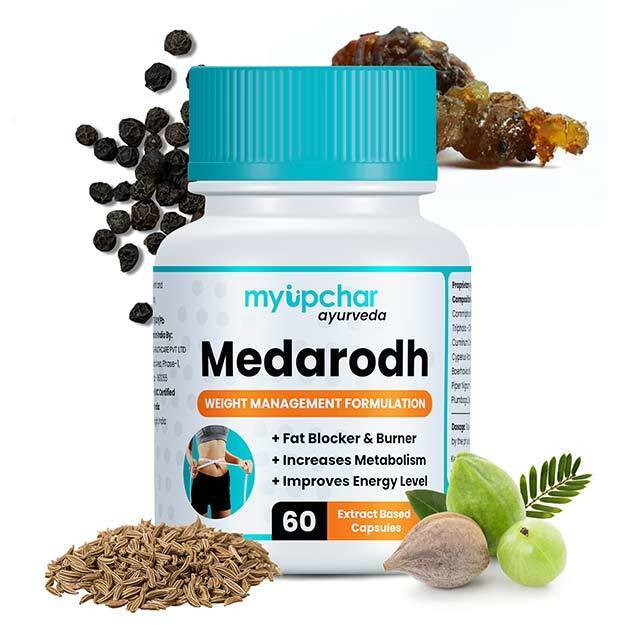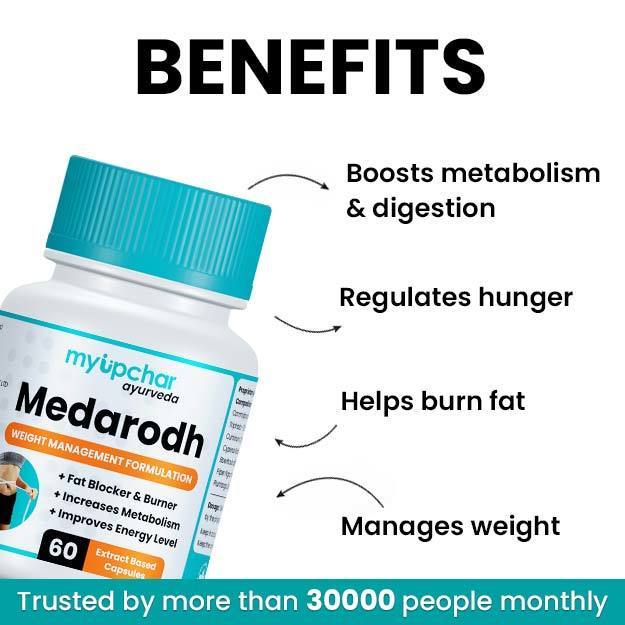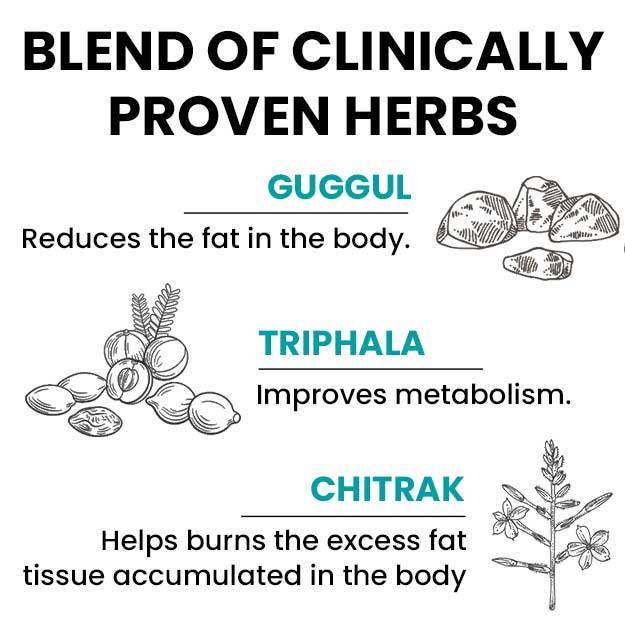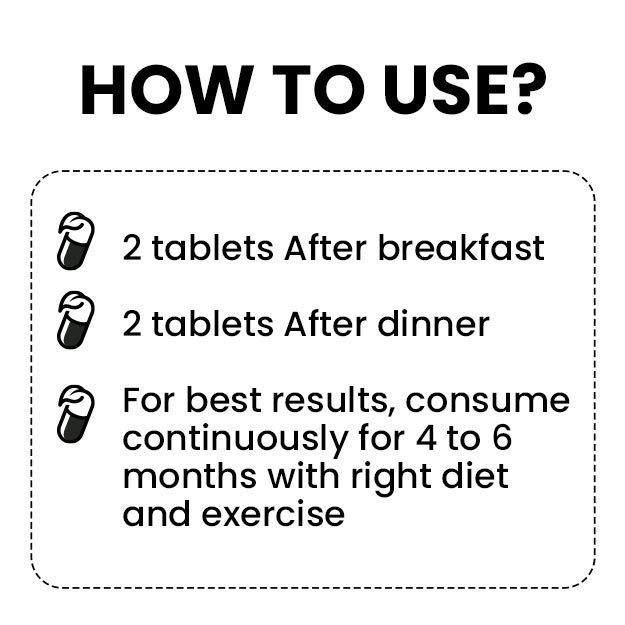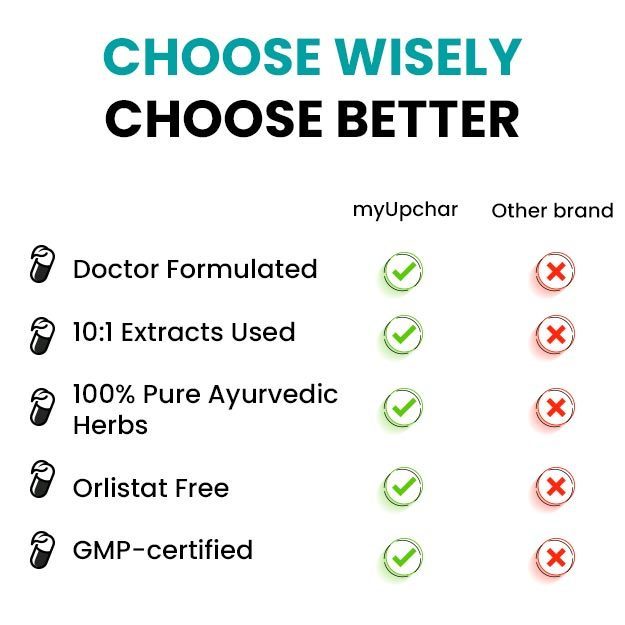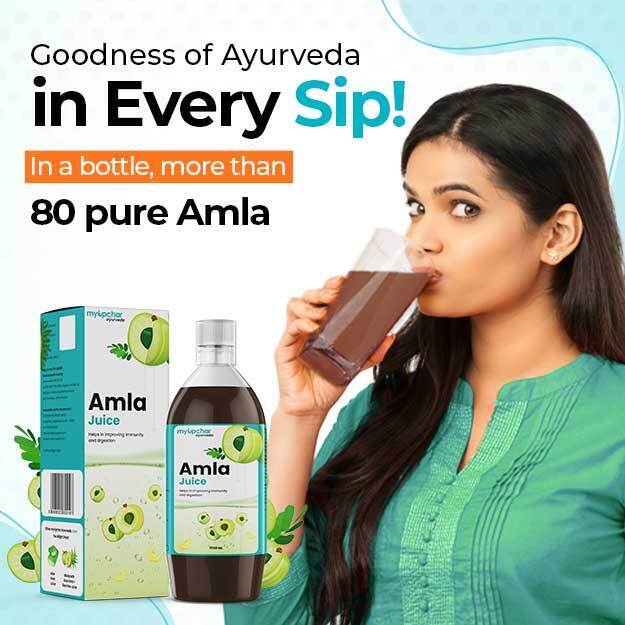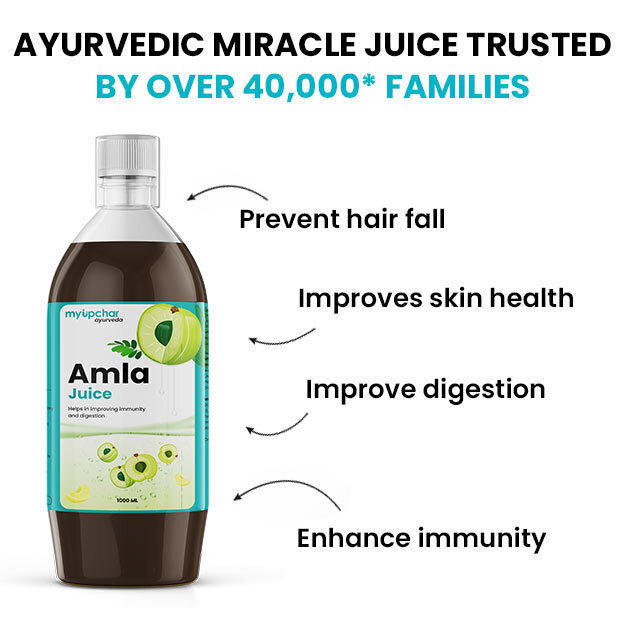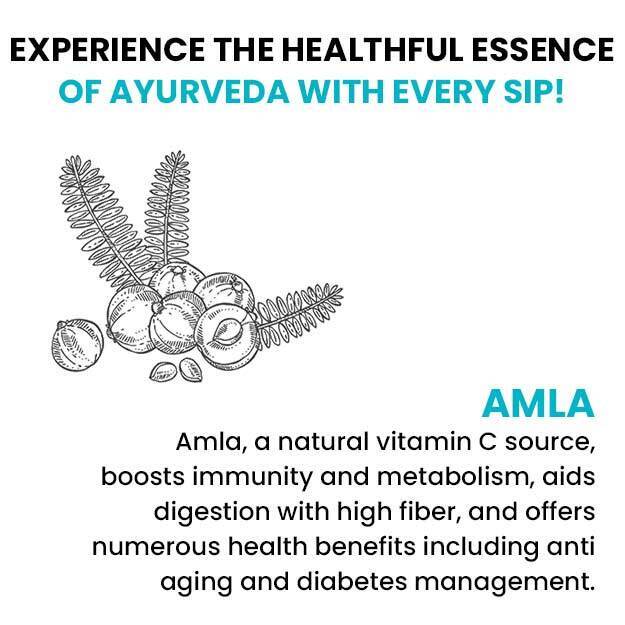Fatty acids, or fats, are chemicals that are hydrocarbon chain compounds. The chemical structure of fatty acids can be described as a chain of carbon atoms joined by bonds with hydrogen atoms attached to them (-C-C-C-). Two broad categories of fatty acids exist – monounsaturated fatty acids and polyunsaturated fatty acids. The term ‘unsaturated’ implies the presence of a double bond joining carbon atoms (-C=C-) instead of the standard single bond (-C-C-). While ‘monounsaturated’ means there is only a single double bond present in the carbon chain of the fatty acid, “polyunsaturated” implies the presence of multiple double bonds between different carbon atoms. As fatty acids are chains, there are two terminal carbon atoms at each end. One of the ends is called the omega end. The position of the carbon-carbon double bond from the omega end denotes the name of the fatty acid. For example, if the double bond of the fatty acid chain is located between the third and fourth carbon atoms in the chain when counting from the omega end, the fat is called an omega 3 fatty acid. A similar principle is used in naming omega 6 fatty acids and omega 9 fatty acids. When unsaturated fatty acids are exposed to the air they become oxidised or rancid and lose their double bonds which confer to them their desirable health benefits. Saturated fats are fatty acids without any double bonds, lack the health benefits of unsaturated fatty acids and are overall regarded as having poor nutritional value. The term ‘essential’ confers that the fatty acid can not be produced by the human body and is essential to be procured from external sources for the functioning of the body. While many fatty acids exist, some are essential and some not (that can be synthesised in the body).
(Read more: Healthy foods)
- Omega 3 fatty acids
- Ratio of omega 3 to omega 6 fatty acid
- Omega 3 fatty acid benefits
- Omega 3 fatty acid side effects - Omega 3 ke srot
- Omega 3 fatty acid deficiency
- Omega 3 fatty acids in diet
Omega 3 fatty acids
Omega 3 fatty acids are essential polyunsaturated fatty acids that are crucial to various processes of a healthy human body. Although many different types of omega 3 fatty acids exist in nature and are utilised by humans, three omega 3 fatty acids are key:
- ALA or Alpha-Linolenic Acid: Alpha-linolenic acid (ALA) is considered the most essential of all essential fatty acids. It is an 18 carbon long fatty acid that is the building block of the other two omega 3 fatty acids. While Eicosapentaenoic acid (EPA) and Docosahexaenoic acid (DHA) are only found in fish and marine life, ALA is found in plants and is, therefore, a suitable source for vegetarians and vegans. By elongating the carbon atom chain and creating more double bonds between additional carbon atoms, the human body uses Alpha-Linolenic Acid (ALA) to synthesise EPA (20 carbon atom chain) and DHA (22 carbon atom chain). Longer the chain and the more the number of double bonds between carbon atoms, the more beneficial the fatty acid. The ability to create longer chain fatty acids from alpha-Linolenic acid (ALA) reduces with age and is thought to play a possible role in the development of cancer. Sources of Alpha-Linolenic Acid include walnut oil, hemp oil and marine algae.
- EPA or Eicosapentaenoic Acid: A 20 carbon long omega 3 fatty acid, it is mainly derived from marine life like fish, squid and fish oil. It can be synthesised in the body from Alpha-Linolenic Acid (ALA).
- DHA or Docosahexaenoic Acid: DHA is another long chain omega 3 fatty acid that is found naturally in marine animals, most significantly in fish oil, and can be derived from plant-based Alpha-Linolenic Acid in the body.
Ratio of omega 3 to omega 6 fatty acid
Omega 6 fatty acids are essential polyunsaturated fatty acids in which the first carbon-carbon double bond is located between the sixth and the seventh carbon from the omega end of the fatty acid chain. Unlike omega 3 fatty acids, their nutritional value lies in providing energy with an additional role in creating mediators of inflammation. The most important omega 6 fatty acid is Linoleic Acid, which is an essential fat, found in products like vegetable oils such as sunflower, safflower, soybean, corn and canola. Linoleic acid is converted to arachidonic acid (AA) in the body, a fatty acid that gives rise to chemicals like prostaglandins and leukotrienes that cause inflammation. While some inflammatory activity is needed by the body to upkeep the functioning of the immune system, excessive pro-inflammatory chemicals can cause more harm than good. Therefore, even though omega 6 fatty acids in vegetable oils are healthy fats, their overconsumption can cause inflammation in the body.
Although omega 6 fatty acids have their own set of health benefits, omega 3 fatty acids have a more important role. Omega 6 fatty acid to omega 3 fatty acid ratio of a healthy ideal diet should between 4:1 and 1:1. This means the permissible maximum amount of omega 6 fatty acids is 4 times that of omega 3 fatty acids. Most diets and many cultures use vegetable oils rich in linoleic acid (omega 6 fatty acids) generously in their diets. Thus, even though the body needs more omega 6 fatty acids than omega 3 fatty acids, the ratio is skewed towards omega 6 fatty acids such that there is a relative deficiency of omega 3 fatty acids in the body. Most Western diets have a ratio of 15:1 of omega 6 fatty acids to omega 3 fatty acids. This means a relative deficiency of omega 3 fatty acids is rampant and often unrecognised.
Omega 3 fatty acid benefits
While omega 6 fatty acids mainly act as an energy source to the body, omega 3 fatty acids have a host of protective and nutritive properties that make them essential to a healthy diet. These beneficial properties include:
- Cardiovascular heart disease: Omega 3 fatty acids have the property of preventing platelet aggregation and lowering the coagulability of blood. This is especially helpful in preventing the formation of blood clots and providing modest protection against thrombosis and coronary artery diseases (CAD) like heart attacks.
- High cholesterol levels: High triglyceride levels are shown to be reduced with the use of omega 3 fatty acid supplements. High doses of omega 3 fatty acid supplements per day are required to achieve a beneficial effect and therefore should only be started on a doctor’s advice.
- Inflammation: By maintaining a suitable omega 6 fatty acid to omega 3 fatty acid ratio, a check is kept on the proinflammatory activity brought about by prostaglandins and leukotrienes synthesised from omega 6 fatty acid, linoleic acid. Omega 3 fatty acids supplements have been successfully used clinically for managing inflammation in joints caused by rheumatoid arthritis.
- Cancer: Omega 3 fatty acids have been used previously to manage cancer cachexia or the weight loss that results from cancer, by providing a suitable dietary energy source. New ongoing research suggests it may have broader applications in managing complications brought about by cancer as well.
- Mental health: Omega 3 fatty acid supplements have been used in depression as add on therapy.
- Child development: Although there isn’t sufficient data presently, some benefit of omega 3 fatty acids has been noted in children with Attention Deficit Hyperactivity Disorder (ADHD) and autism.
Omega 3 fatty acid side effects - Omega 3 ke srot
Although most diets have an omega 3 to omega 6 fatty acid ratio that favours the latter, sometimes overzealous consumption of omega 3 fatty acids, as part of diet or supplements, can pose some complications. The most commonly reported complications of excessive consumption of omega 3 fatty acids are mild and include:
- Unpleasant taste
- Bad breath
- Heartburn
- Nausea
- Gastrointestinal discomfort, bloating or stomach ache
- Diarrhea
- Headache
- Odoriferous sweat that smells foul
A more serious complication that can arise with omega 3 fatty acid dietary supplements, like fish oil, or as medicine is drug interactions with:
-
Anticoagulants, or blood thinners, like warfarin: Although the FDA reports no clinically significant episodes of bleeding with the concomitant use of fish oil omega 3 fatty acid supplementation and warfarin, it recommends no more than 3 to 6 gram per day be used while taking anticoagulants. It is also important to monitor the patient’s PT INR (Prothrombin Time and International Normalised Ratio) with the use of fish oil. An elevated PT INR (than what is normal with anticoagulant use) implies that the patient’s blood is clotting too slowly and can lead to bleeding.
Omega 3 fatty acid deficiency
Even though most diets do not lack in omega 6 fatty acids, due to routine use of vegetable oils in cooking food in most cultures, omega 3 fatty acids can become deficient in relation. Therefore, omega 3 fatty acid deficiency is best defined as an unideal ratio between omega 6 fatty acid levels and omega 3 fatty acid levels in a person’s diet. Signs and symptoms of omega 3 fatty acids may not be obvious at first but many of the protective properties it awards, superior to that of omega 6 fatty acids, can disappear.
As most omega 3 fatty acid deficiency states have mild signs and symptoms, or none at all, they can easily be managed by increasing intake of foods naturally rich in omega 3 fatty acids. Additionally, due to the beneficial properties of omega 3 fatty acids, they have now become increasingly popular as supplements, in the form of capsules, to be taken either as an adjunct treatment to improve clinical outcomes or to boost one’s overall health.
Omega 3 fatty acids in diet
Competent international authorities have made recommendations on the ideal dietary intake range of omega 3 fatty acids in an individual’s daily diet. It is recommended that omega 3 fatty acids such as Alpha-Linolenic Acid comprise 0.6% to 1.2% of the daily energy requirements of children (older than one year of age) and adults; 10% of this Acceptable Macronutrient Distribution Range (AMDR) of omega 3 fatty acids should be EPA and DHA. Upper limits to dietary intake ranges have not been set but excessive consumption can be associated with mild side effects. Omega 3 fatty acids also pose the potential risk of drug interactions with anticoagulants (blood thinner medicines) like warfarin and hold some risk of causing bleeding disorders.
(Read more: Blood clotting disorders)
Food sources of omega 3 fatty acids
Even though most sources of omega 3 fatty acids are found in marine life like fish and squid, other vegetarian and vegan options are available in plant-based alternatives. Overall, EPA and DHA are more found extensively in marine life like fish, whereas ALAs (Alpha-Linolenic acids) are found in plant sources like seed oils. Although EPA and DHA are not abundant in plant-based diets, they can be synthesised in the body from plant ALA. Some commonly available sources of omega 3 fatty acids to incorporate in your daily diet are:
- Oily fish: Fish that naturally have oils in their soft tissue, and therefore throughout the fillet, and in the gut cavity, rather than only in the liver like white fish, are called oily fish. The American Heart Association recommends two weekly servings of oily fish for adults who do not have pre-existing coronary artery disease (CAD) or previous myocardial infarction (MI) due to cardioprotective properties. The following are examples of oily fish:
- Salmon
- Herring
- Mackerel
- Anchovies
- Menhaden
- Sardines
(Read more: Best fish to eat in India)
- Fish oils: Oils derived from oily fish, especially from their liver, can be used as diet supplements after consultation with a doctor. Care should be taken to avoid side effects, especially if the patient takes blood-thinning medicines.
- Seed oils: Alpha-linolenic acids are abundant in seeds and oils derived from them. Examples are:
- Chia seeds
- Hemp seeds
- Linseed
- Flaxseed
- Walnuts
- Algal oils: Microalgae from the ocean are an important source of omega 3 fatty acids, including EPA and DHA which are rarely found in vegan or vegetarian options. Some algal oils have even been biofortified with other omega 3 fatty acids for a well-rounded diet.
Omega 3 fatty acid supplements
Broadly speaking, two types of essential fatty acid supplements are available – omega 3 fatty acid supplements and combination supplements that combine omega 3, omega 6 and omega 9 fatty acids in a fixed ratio. As most diets do not lack omega 6 fatty acids and the body can synthesise omega 9 fatty acids, it is best to stick to simple omega 3 fatty acid supplements in order to avoid over-consumption of nutrients. Dietary supplements are usually available as oils or capsules.
There is some difference in scientific opinion when it comes to the acceptable upper limits of omega 3 fatty acid supplements. While the FDA (Food and drug authority, USA) recommends not exceeding three grams per day EPA (Eicosapentaenoic acid) and DHA (Docosahexaenoic Acid) combined, with up to two grams per day from dietary supplements, the European authorities recommend a higher limit of up to five grams per day.
Find Nutritionist in cities
Medicines / Products that contain Omega 3 Fatty Acid
- Gree Nine Capsule (10) - ₹335
- Gree Q10 Capsule (10) - ₹688
- Hhomega Capsule - ₹218
- Vitafest O Tablet - ₹603
- Laxmi Organics Extra Virgin Olive Oil 500ml - ₹378
- Laxmi Organics Extra Virgin Olive Oil 200ml - ₹248
- Laxmi Organics Olive Oil 200ml - ₹228
- Retinox Capsule (10) - ₹203
- Selace Forte Antioxidant Capsule - ₹186
- Laxmi Organics Olive Oil 2000ml - ₹1098
- Vaamveda Vitamin B12 Methylcobalamin with Omega 3 Tablet - ₹499
- Punh Veg Omega 3 Capsule - ₹891
- Amula 369 Soft Gelatin Capsule - ₹152
- Pure Nutrition Multivitamin Tablet For Men (30) - ₹299
- Nutracology Omega 3 Fish Oil Softgel - ₹400
- Virgo Healthcare ZeroFall Tablets (10) - ₹250
- OZiva Hair Vitamins Capsule - ₹872
- Healthawin Omega 3 Fish Oil Capsule (60) - ₹569
- Herbal Canada Machali Oil 50ML - ₹68
- Herbal Canada Machali Oil 30ML - ₹43
- Gomega Capsule (30) - ₹889
- Nutridecc Brain shield Capsule (30) - ₹1099
- Nutridecc Eye shield Capsule (30) - ₹929
- Health Veda Organics Vegan Omega 3 6 9 Flaxseed Oil Veg Capsules For Healthy Heart, Joint And Eyes (60) - ₹539
- Bhumija Lifesciences Omega-3 with Salmon Fish Oil 1000mg Softgel (60) Pack of 2 - ₹938
- Bhumija Lifesciences Omega-3 with Salmon Fish Oil 1000mg Softgel (60) - ₹509
- Vedix Life OMEGA 3-6-7-9 Capsule With Flax Seed & Sea Buckthorn Oil Organic Ingredients, Non-GMO, Gluten Free for Men, Women Immunity Booster, For Stronger Bones and Muscles 60 Softgel Capsules - ₹749
- Virgo Healthcare ZeroFall Tablets (30) - ₹750
- Vitoxy AZ Softgel Gelatin Capsule - ₹738
- Hawaiian Herbal Borage Oil Softgel-Get 1 Same Drops Free - ₹469
- Laxmi Organics Olive Oil 1000ml - ₹628
- Laxmi Organics Olive Oil 500ml - ₹348
- Laxmi Organics Extra Virgin Olive Oil 1000ml - ₹648
- Laxmi Organics Extra Virgin Olive Oil 2000ml - ₹1038
- Gree Q10 Capsule (60) - ₹3910
- Vogue Wellness Voq-10 Tablet (10) - ₹1349
- Vogue Wellness Omega-3 Capsule (60) - ₹949
- Cipzer Omega 3 Fish Oil Softgel (60) - ₹899
- Health Aid Salmon Oil 1000 Mg Capsule - ₹1279
- HealthAid Omega 3 750 Mg Capsule - ₹1709
- Vitafest Plus Tablet - ₹1224
- Biogetica Omega Silk Oil Based Veg Capsule (30) - ₹699
- Punh Fish Oil Softgel Capsule - ₹899
- HealthAid Flaxseed Oil Capsule - ₹1269
- HealthAid KidzOmega Syrup 200ml - ₹1279
- Biogetica Omega Silk Oil Based Veg Capsule (60) - ₹1299
- Herbal Canada Machali Oil 100ML - ₹145
- Vogue Wellness Omega-3 Capsule High Strength (60) - ₹295
- Vedix Life - Advance Omega 3 Fish Oil 1000mg - High Strength 180mg EPA & 120mg DHA, 350 Omega 3 Softgel Capsules, (60) - ₹449
- Corebolics Omega -3 (60) - ₹900
References
- Cholewski M, Tomczykowa M, Tomczyk M. A Comprehensive Review of Chemistry, Sources and Bioavailability of Omega-3 Fatty Acids. Nutrients. 2018 Nov 4;10(11):1662. PMID: 30400360.
- Shahidi F, Ambigaipalan P. Omega-3 Polyunsaturated Fatty Acids and Their Health Benefits. Annu Rev Food Sci Technol. 2018 Mar 25;9:345-381. PMID: 29350557.
- Simopoulos AP. The importance of the ratio of omega-6/omega-3 essential fatty acids. Biomed Pharmacother. 2002 Oct; 56(8):365-79. PMID: 12442909.
- Saunders AV, Davis BC, Garg ML. Omega-3 polyunsaturated fatty acids and vegetarian diets. Med J Aust. 2013 Aug 19;199(S4):S22-6. PMID: 25369925.
- Doughman SD, Krupanidhi S, Sanjeevi CB. Omega-3 fatty acids for nutrition and medicine: considering microalgae oil as a vegetarian source of EPA and DHA Curr Diabetes Rev. 2007 Aug;3(3):198-203. PMID: 18220672.
- Freitas RDS, Campos MM. Protective Effects of Omega-3 Fatty Acids in Cancer-Related Complications. Nutrients. 2019 Apr 26;11(5):945. PMID: 31035457.





